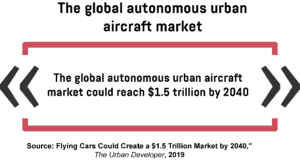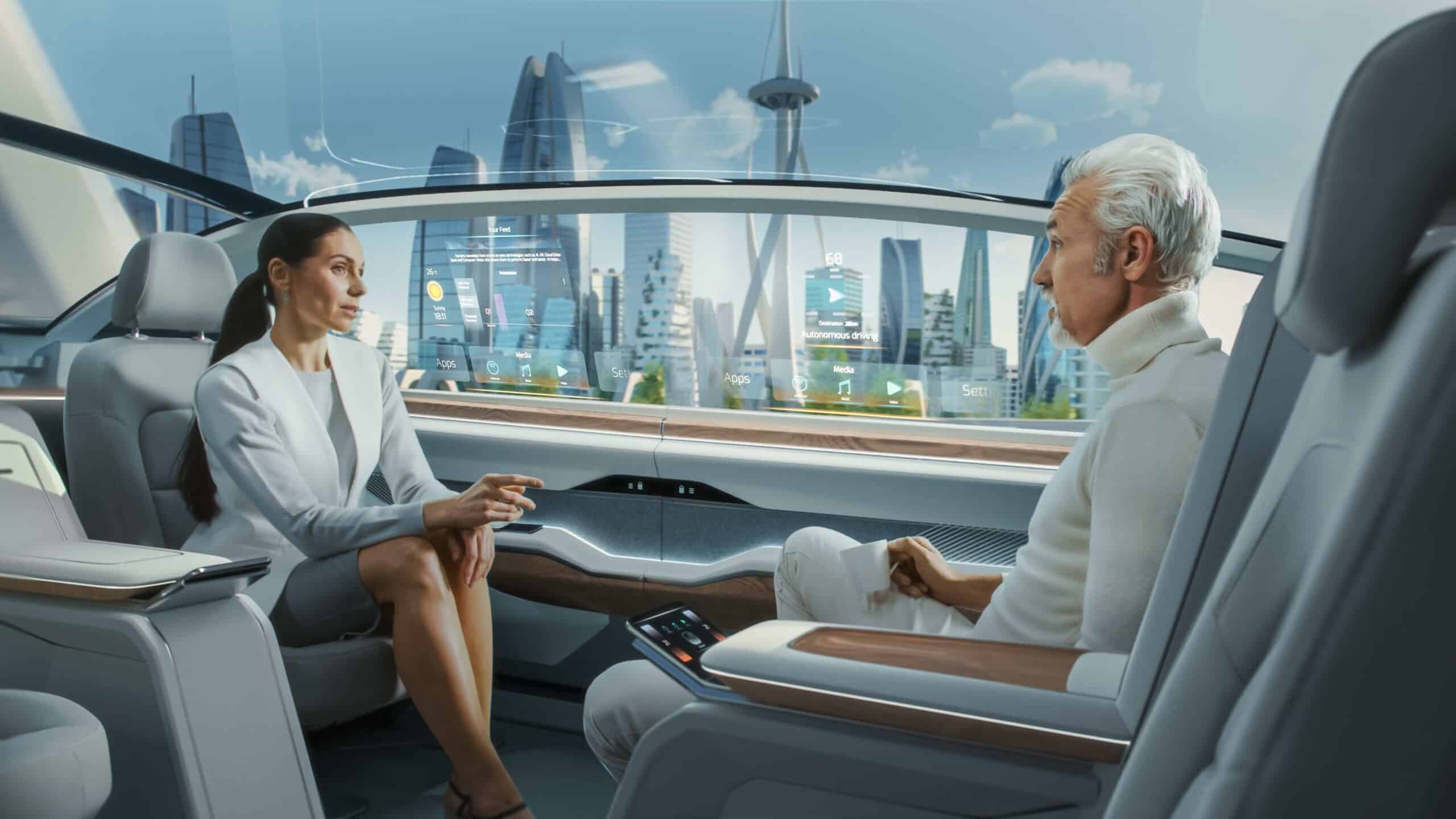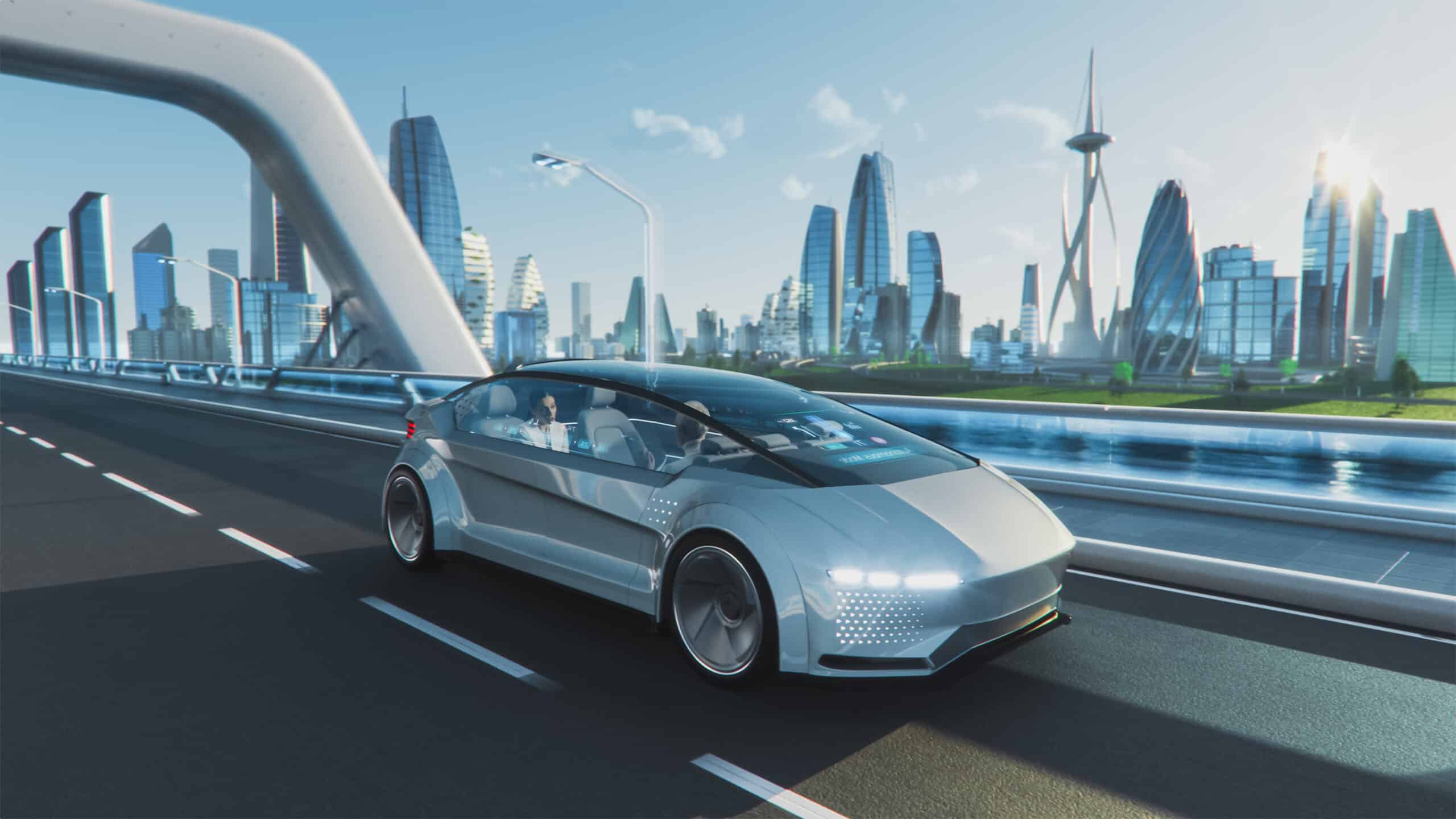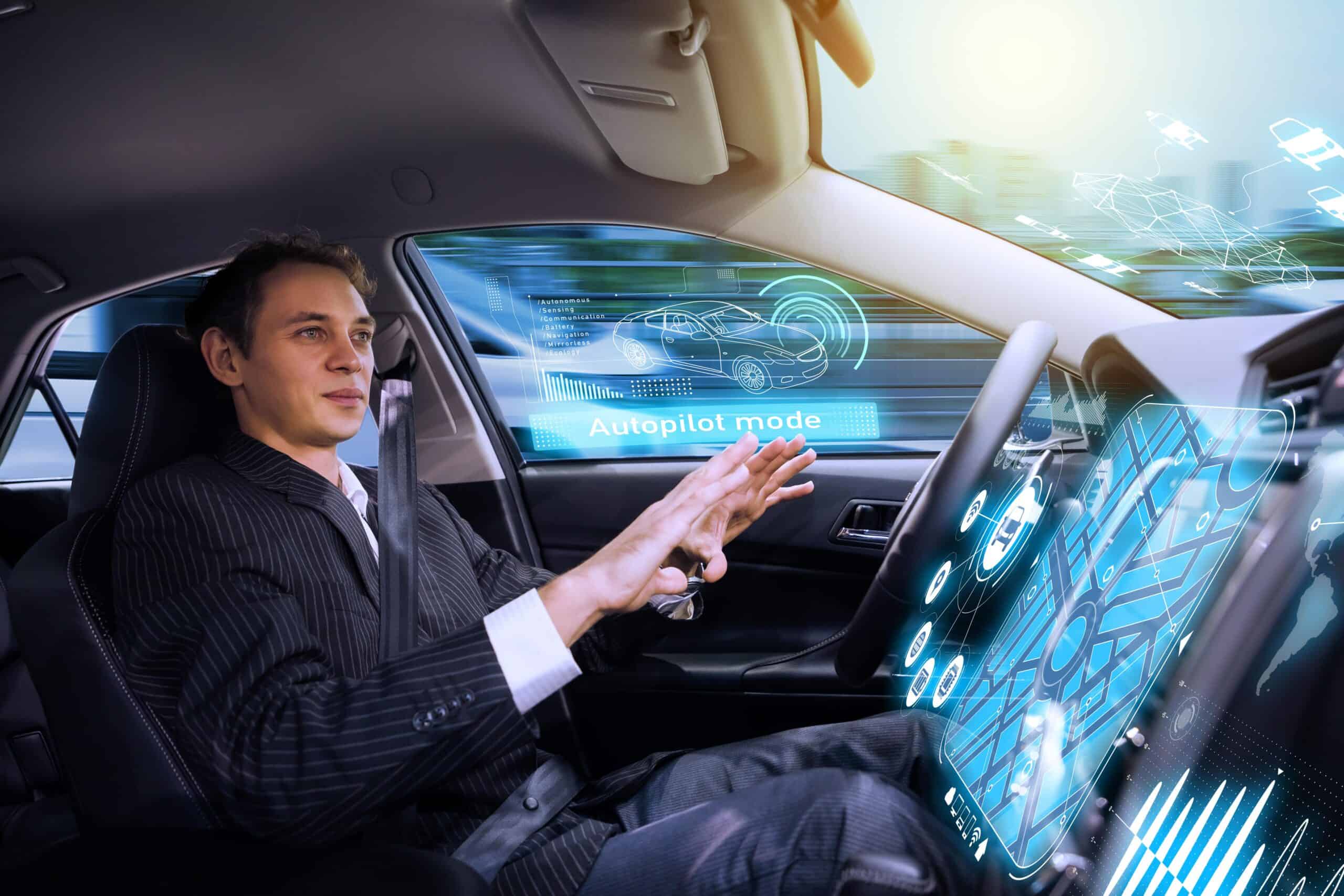- The Dutch company PAL-V unveils the Pioneer Edition of the Liberty flying car
- Boeing completes the first test flight of its passenger air vehicle
- The BlackFly aircraft is set to go on sale in 2019
- Audi, Airbus, and Italdesign reveal a futuristic flying taxi concept
- A Philippine inventor unveils a ‘flying sports car’
- Flying cars as the future of transportation
Ever since the Wright brothers first took to the skies in their Wright Flyer on December 17, 1903, humanity has been using flight as a means of transportation. In addition to being the fastest mode of transport available, allowing us to cover large distances in a short amount of time, flying also became the safest way to travel. While some believed that flying cars would follow airplanes eventually, this never materialised, and the idea has remained confined to the world of science fiction to this very day. But that may be about to change.

In recent years, the number of companies aiming to build the first flying car has grown dramatically, accompanied by a massive increase in funding flowing into startups working on the technology. Analysts at American multinational investment bank Morgan Stanley estimate that the value of the global autonomous urban aircraft market could reach at least $1.5 trillion by 2040. This massive growth in value will be facilitated by various economic and technological factors, such as advances in artificial intelligence, innovative manufacturing processes, improved battery efficiency, increased computing power, and better satellite communication. At this point, it seems only a matter of when, not if, flying cars will start buzzing over our heads, and it may happen sooner than most people think.
The Dutch company PAL-V unveils the Pioneer Edition of the Liberty flying car
At the 2019 Geneva Motor Show, the Dutch flying car manufacturer PAL-V unveiled the Pioneer Edition of its Liberty flying car, the first production flying car in the world. The production run of the Pioneer Edition, which features an extra carbon bodywork package and a two-tone colour scheme, will be limited to just 90 units. The price has been set at €499,000 and includes dual controls, power heating, and personalisation options, as well as some flight instruction sessions. For those unable to get their hands on the Pioneer Edition, the Liberty will also be available in the Sport Edition, which will be priced at €299,000.
https://www.youtube.com/watch?v=shjL2bDVpds
Best described as a cross between a gyrocopter and a small commuter vehicle, the Liberty’s unique design features three wheels, unfolding rotor blades mounted on the roof, low suspension, and a tilting cockpit that can accommodate two passengers. It’s powered by a Rotax engine-based dual propulsion drivetrain, which consists of two separate engines; one for driving, the other for flying. The large rotor on top of the vehicle is unpowered and is used to create lift, while forward thrust is provided by the engine-powered rotor at the back. The driving engine has 99 horsepower, allowing it to reach a top speed of 160 km/h and accelerate from 0-100 km/h in 9 seconds. Its maximum range is 1,315 kilometres. The flying engine, on the other hand, is more powerful at 197 horsepower, pushing the car’s top speed to 180 km/h. However, it has a shorter range at 500 kilometres and it can climb to a maximum altitude of 3,500 metres. Its maximum suggested weight is around one ton.
It takes approximately 5-10 minutes for the car to convert from driving mode to flying mode. However, the process isn’t fully automatic. While the rotor mast unfolds automatically, drivers have to pull out the tail section themselves, unfold the two rotor blades, and take out the propeller before the car can lift off. Unsurprisingly, the Liberty requires a flying license to operate. Take-off and landing could also be an issue, as it requires a space of around 90-200×200 metres, making small airstrips, aerodromes, glider sites, and ultralight airfields most suitable for the task. In addition to complying with current road safety regulations, the Liberty is also certified to fly under both the European Aviation Safety Agency and the US Federal Aviation Administration. “After years of hard work, beating the technical and qualification challenges, our team succeeded in creating an innovative flying car that complies with existing safety standards determined by regulatory bodies around the world,” says Robert Dingemanse, the company’s CEO.
Boeing completes the first test flight of its passenger air vehicle
As part of the Boeing NeXt program, the aerospace giant recently completed the first test flight of its autonomous passenger air vehicle (PAV) prototype at a facility in Manassas, Virginia, bringing the idea of a real-life flying car one step closer to reality. During the test, which was designed to evaluate its autonomous functions and ground control systems, the still unnamed vehicle successfully executed several maneuvers, including controlled takeoff, hover, and landing. “In one year, we have progressed from a conceptual design to a flying prototype,” says Greg Hyslop, Boeing’s chief technology officer. “Boeing’s expertise and innovation have been critical in developing aviation as the world’s safest and most efficient form of transportation, and we will continue to lead with a safe, innovative and responsible approach to new mobility solutions.”
Developed by the Boeing subsidiary Aurora Flight Sciences, the PAV prototype is 9.1 metres long and 8.5 metres wide. It’s equipped with wings and a rear propeller and is powered by an electric propulsion system, which gives it a range of approximately 80 kilometres. According to the company, it will eventually be capable of fully autonomous flight. “This is what revolution looks like, and it’s because of autonomy,” says John Langford, the president and chief executive officer of Aurora Flight Sciences. “Certifiable autonomy is going to make quiet, clean and safe urban air mobility possible.”
The BlackFly aircraft is set to go on sale in 2019
The California-based startup Opener recently announced that its flying ‘car’ called the BlackFly will hit the market sometime in 2019. Described as “the world’s first ultralight all-electric fixed-wing vertical take-off and landing (VTOL) aircraft,” the BlackFly is characterised by an unusual design that features eight small rotors arranged along its two parallel wings, and a slightly rounded underside that allows it to slowly rock itself into position as it lands. As it has no wheels, you won’t be able to drive it on roads, so calling it a car may be a bit of a stretch. “Opener is re-energizing the art of flight with a safe and affordable flying vehicle that can free its operators from the everyday restrictions of ground transportation,” says the designer and CEO of Opener, Marcus Leng.
The BlackFly is a single-seat, joystick-controlled vehicle that can accommodate one person who’s up to 198 centimetres tall and weighs no more than 113 kilograms. It’s fully electric, with a maximum speed of 100 km/h and a range of 40 kilometres. Thankfully, the battery can be fully recharged in just 25 minutes. It’s also capable of taking off from fresh water and landing on multiple surfaces, including grass, asphalt, snow, and ice. One thing that may limit its usefulness is that the BlackFly has been classified as an ultralight vehicle by the Federal Aviation Administration (FAA) in the US. That means it won’t be allowed to fly over urban areas or during the night, so its drivers won’t be able to use it to escape a traffic jam. It also requires favorable weather conditions to fly, with temperatures above freezing and minimal wind.
To ensure safety, the vehicle has been extensively tested, going through 40,000 flight cycles and successfully transporting a full payload for more than 19,000 kilometres. It’s equipped with three fail-safe flight systems, including a glide mode that turns on in case of power failure. There’s even a ballistic parachute on board for worst-case scenario. According to the company, the BlackFly is very easy to operate, thanks to a simple user interface that features an intuitive joystick, soft-landing assist, and a “Return-to-Home” button.
The company also hopes that it will be able to fly autonomously sometime in the future. While it doesn’t require the owner to possess a pilot’s license in the US, it does require them to pass the FAA’s private pilot written exam. The price for the BlackFly hasn’t been revealed yet, but the company says it will be competitive and comparable to an SUV. “The future of aviation begins today,” boasts Alan Eustace, the director of Opener and former senior vice president of knowledge at Google. “The dream of flight, which was so difficult and expensive to obtain, will soon be within the reach of millions. Opener is putting the fun back into flying and opening up a new world of possibilities.”
Audi, Airbus, and Italdesign reveal a futuristic flying taxi concept
The German car manufacturer Audi, the aviation giant Airbus, and the design company Italdesign have joined forces to create a futuristic flying taxi prototype called Pop.Up Next. Essentially a cross between a self-driving electric car and a passenger drone, Pop.Up Next consists of three separate modules: a chassis with wheels, a two-seat capsule for passengers, and a four-rotor drone. While the chassis brings to mind a small, sporty electric car, the vehicle’s most interesting feature is the detachable passenger capsule, which can be picked up by the drone module and carried off, leaving the wheels behind.
Announced for the first time in March 2018, the companies finally presented a working 1:4 scale model during the Amsterdam Drone Week convention in November 2018. The test involved the drone flying across a hall and landing on a parking spot, after which the car drove itself below it. Once in place, the passenger capsule was lifted up and attached to the underside of the drone, which then took off and carried the capsule back to its starting point and lowered it onto another set of wheels.
Even though the test was a success, there are a number of challenges left to overcome before Pop.Up Next is ready for commercial use. “For this we need to tick a list of boxes – —the vehicle is one, safety is the overarching one, infrastructure is one, acceptability is another one,” says Airbus’ executive, Jean Brice Dumont. “I think it will take more than a decade until a real significant, massive deployment of an air taxi system is ready.”
A Philippine inventor unveils a ‘flying sports car’
The Philippine inventor Kyxz Mendiola recently unveiled what he calls a ‘flying sports car’, named the Koncepto Milenya. The vehicle sports 16 rotary motors powered by six lithium-ion batteries, allowing it to reach a maximum speed of 60 km/h and climb to a height of 6.1 metres. It can hold only one person with a maximum weight of 100 kilograms. The vehicle is relatively easy to operate, thanks to an intuitive portable radio frequency controller. “Press a button and it will go up, then push the stick forward, it goes forward. It’s very smart, that’s why I’m saying it has a lot of potential,” says Mendiola.
The Koncepto Milenya also boasts a security feature that allows it to stay in the air even if one or two of its 16 rotors fail. According to Mendiola, his invention could be an excellent solution for cities plagued by chronic traffic problems, allowing people to cut their commute times by hours. At least one company agrees with this assessment, and Mendiola recently partnered with the Australian company Star8 to further develop the machine. Once perfected, the company plans to mass produce it and market it in Australia, Europe, and Hong Kong.
Flying cars as the future of transportation
Long considered nothing more than a pipe dream and the stuff of science fiction, flying passenger vehicles have been steadily moving closer to reality. And now, they’re almost here. As more and more companies join the race to build the first real flying car, we should stop asking ourselves whether we can do it. The only question left to answer is “when?” We’ll also need to devise some sort of regulatory framework, as things are still quite unclear in that regard. What kind of license will be required to operate flying cars? Will they be allowed to fly over populated areas? There’s also the matter of infrastructure to support these vehicles, which is practically non-existent at this time. Even when they’re capable of vertical take-off and landing, most flying cars require more space than their ground-based counterparts, which may limit their usefulness in urban environments. Still, even with these issues in mind, there’s no doubt that flying cars are coming very soon, and they may very well be the future of transportation.







